Cultura
David Moratón reflects in his works the sounds he sees wrapped in colours
The artist exhibits ‘Fantasy and synesthesia’ in the Los Lavaderos art hall
MAYTE MÉNDEZ / Santa Cruz de Tenerife
For the Canarian artist David Moratón, sounds have colours, infinite tonalities, and he can feel them with his mind. That’s why and so that people can understand what he experiences, he has decided to capture in a certain way what he feels, what the young creator shows until Thursday the 30th in the Los Lavaderos art hall with Fantasy and synesthesia, an exhibition where he portrays the rest of his dreams and his synesthetic impressions.
The sounds are colours that remain in his mind, embedded in his memory, and he sees them. The vocals are seen coloured in his head; the “a” is gray, the “e” is blue, however the “u” is dark blue and the “i” is a light blue, almost white. The “o” is like violet, which is dark blue, which is dark oscuro-violáceo, and appears to him as yellow. Additionally, he explains that when he listens to music, he sees brushstrokes of painting and they become reflections of light. “I can see the sound of the guitars,” he says, and explains that this quality, which he exhibits in Fantasy and synesthesia in the Los Lavaderos art hall until Thursday the 30th of September.
Moratón mentions that he realizes his work in oil on canvas four years ago and divides it into two sections; one dedicated to fantasy, which he calls “dreams made real” and another centered on synesthesia, which he defines as “a strange capacity to see colours in sounds” and to feel them in vocals or visions”, and another centered on what he calls “synesthesia as a pathological hereditary condition that allows him to see the sounds.” The artist defines it as “a strange capacity to see colours in sounds and to feel them in vocals or visions.”
The fantasy
The other part of the exhibition is called Fantasy and in it he exhibits the works he made during his stay in Germany, where he finished his secondary studies. They are works, he says, that “reflect what I dreamed.” The paintings are supported by vitalist philosophy and are a kind of “oriental dream” indicates Moratón. They are pieces where the German influence is evident, both in the apocalyptic elements that they remember Noble and Munich, as well as in the emotions relating to romanticism and in which his works seem to exempt from the discipline of drawing.
These works, made in oil on cardboard and canvas, Moratón wants to show to the public what he sees in his mind. “We are very small, we have the limited senses, but we have the capacity to learn the vocal language as a bridge to reach people who cannot understand what we are not understanding,” he says.
The creator The works of Synesthesia collect sounds that he has made since he was four years old, and which he wants to share with the world. They are photographic recoladas by ordered in the way that he sees them.
Moratón was born in 1974, in Santa Cruz de Tenerife, and currently lives in Berlin. He arrives in Germany completing his decoration about the relationship of his perception. Two of the paintings that are exhibited in Los Lavaderos are from the series he made about the pieces he wants to make where he recreates the retina, in addition, new technologies such as synthesizers.
Hallucinations of Nabokov
Just like Vladimir Nabokov, who left constants of his coloured visions in his work Habla, memoria of 1966, Moratón remembers that with 7 years old he had those “auditory hallucinations” that he says they made him feel like “a strange child of rare origin.” But it was the Russian writer who, precisely, made him feel “a little closer to other people.”
Nabokov wrote that “the long of the alphabet makes the colour of weathered wood, but the ‘a’ of the Spanish alphabet is polished ebony” and that “the corrients of air through the most solid materials” than the others.
to get to burn in a certain way what he feels, what the young creator shows until Thursday the 30th in the Los Lavaderos art hall with Fantasy and synesthesia, an exhibition where he portrays the rest of his dreams and his synesthetic impressions.
The student wants to study this pathology since he can give the key to certain studies in the human brain and instrument. “The brain is the clave of everything,” he says, and explains that with the studies that are being done on the brain, “we can know many things about the mental operation.” The instruments that are being used to study the brain, he says, and the different brain operations, serve to know the normal operation of the brain” and each instrument has its functions. “I think that this study will help us to understand the normal and abnormal operations of the brain.”
In this part of the exhibition, Moratón’s works are also like the most known as the hurricanes who have reflected in the paintings all the movement of the Germanic influence, recalling the strength of the oquinetic” romanticism, and the different sensations that produced the German influences in the various paintings.
A Lithuanian girl, Moratón’s muse, appears in the composition and impels her to a boat that lets her float through one of the paintings in one of the four elements. It is a composition that recalls The Boat of Goya, that the own Moratón wants to pay homage to the great Aragonese painter through a contemporary work that presents this moment that he lived “already passed.”
La Opinion, Tenerife, Spain
19 September
2004

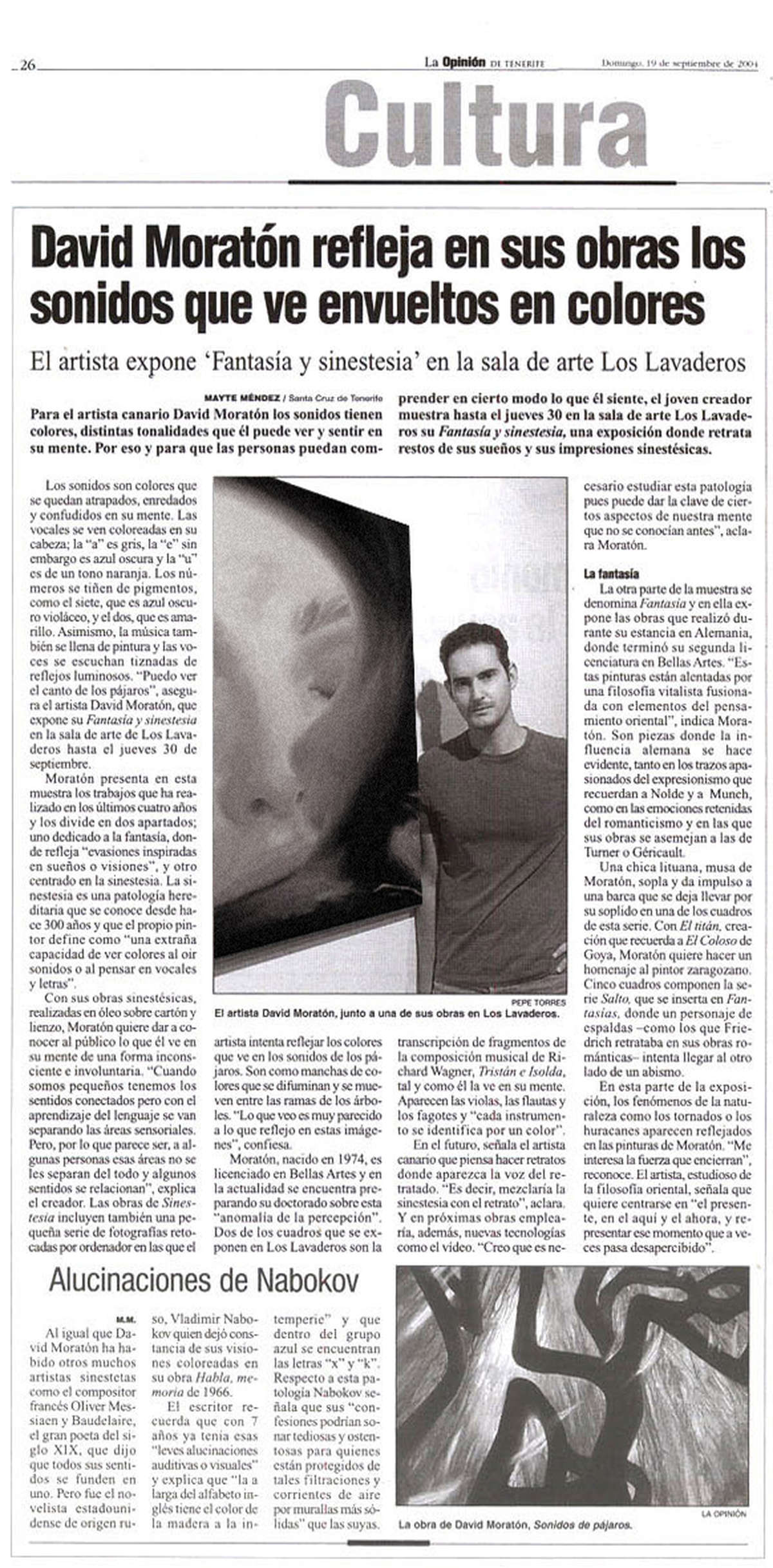
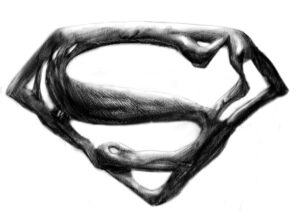

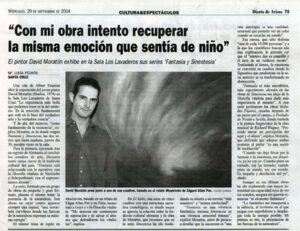
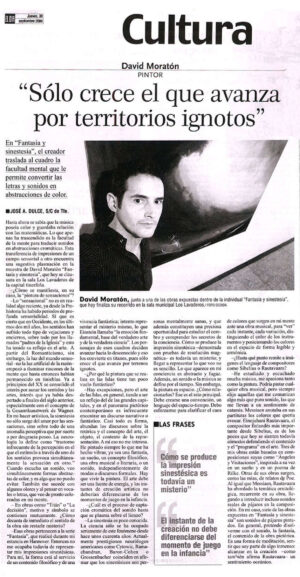
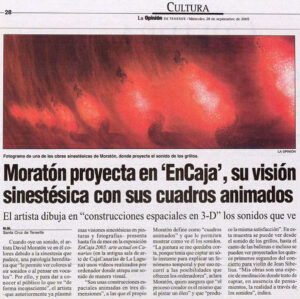
Reviews
There are no reviews yet.